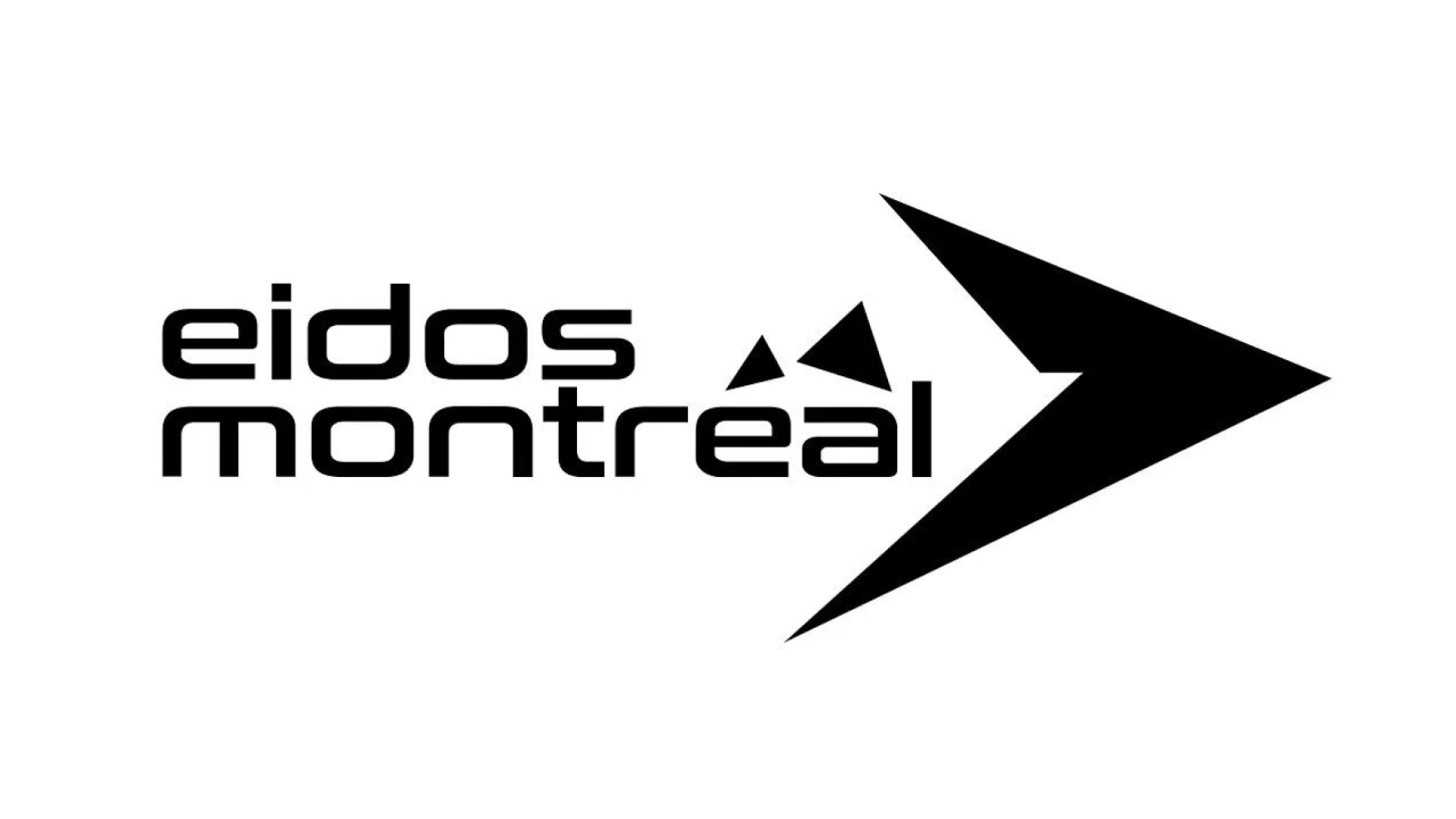www.canadianarchitect.com
In design firms, success hinges on more than just the Practice of Design. Being good practitioners and refining the craft is, of course, a prerequisite. However, firm leaders in particular need to focus more effort on the Design of Practice. To build a strong practice, a firms context and its position in the marketplace must align with its operating system. For many firms, this requires a renewed focus on the practice itself, to ensure these three elements are in sync. Without alignment, firms are likely to experience suboptimal performance and stagnation. How to achieve this alignment? Heres my advice to firm leaders.Understand Your Firms ContextFirst, look in the proverbial mirror and develop a clear understanding of your firms broad context. What is its purpose, goals, and current reality? Why does your practice exist? Have you prioritized your personal, professional, and practice goals? Do you understand how your firm is performing, how its perceived in the marketplace, as well as its strengths, weaknesses, opportunities, and threats? These are not easy tasks, but you must uncover what makes the practice tick. Only then can you take the next step to establish the right position in the marketplace.Define Your Firms Market PositionArchitecture has a tradition of being a generalists profession. While that mindset may have worked in the past, attempting to be everything to everyone has little chance of success in todays competitive marketplace. The growing complexity and risk involved in design and construction projects demands that firms reject the tradition of broad general practice, and instead stake out a unique market position.Clients are seeking firms with specific expertise that can address their unique challenges. This means you must make choices about who your firm serves (its target market), and what unique value your firm provides (its strategic focus).These two factors define a firms practice model. Setting aside general practice as an approach, there are three broad categories to consider:Delivery Firms: These firms prioritize efficiency and cost-effectiveness, catering to high-volume, bottom-line-driven clients. They focus on straightforward projects in which speed and execution are paramount.Service Firms: These firms specialize in complex, mission-critical projects. Service firms serve corporate, institutional, and public-sector clients who demand high expertise and reliability. These firms are known for deep client relationships and a consultative approach.Idea Firms: Positioned as innovators, these firms excel in solving unique design challenges. They focus on cutting-edge, creative design solutions.None of these three practice models is more noble or better than any other. They are simply different, serving different clients with different needs. When goals, market position, and operating systems are aligned, any of the three models can be as successful and profitable as any other.Once your practice model is clear, further differentiation is necessary to focus on the unique value being provided to your target market. Key differentiators usually include practice values, specific services and disciplines offered, geographic focus, project and client type/size/complexity, and pricing approaches, just to name a few. Focusing is difficult for creatives, but its the only way to develop and deliver unique value. So, try narrowing your firms focus to a point where it seems virtually impossible to find the right types and number of clients. Then its likely that youll be on the right track.Align Your Firms Operating SystemThe operating system of any firm consists of nine key elements. In weaker practices, the operating system elements often work at cross-purposes. This results in management decisions that are largely reactive and shortsighted, leading to an overall firm that is sub-optimal and expensive to manage. In a strong practice, these elements are tailored to align with the firms context and market position.Profiles of the operating systems for each generic practice model are outlined below. Do you recognize your firm in these descriptions?Delivery Operating SystemMarket Position: Efficient project execution for volume developers, entrepreneurs, and national chain clients with standardized building requirements requiring straightforward solutions that have a proven track record.Practice: The firms managing principal is typically a strong technical architect; the relationship between client and firm is often transactional.Principals: Principals tend to be deeply involved in project execution, leading a cadre of technical personnel. Major practice decisions are often made unilaterally by the firms majority owner.People: Lean teams, with fewer professionals than technical staff. Minimal benefits, professional development, and career planning. The firm may rely on offshore contractors or temporary staff. The culture is all about efficiency.Pipeline: Relies heavily on referrals without a formal marketing program. Lead generation is opportunistic and responsive to market conditions.Pricing: Generally fixed fees or value-based pricing, with minimal service levels and an emphasis on efficiency resulting in premium margins.Pitching: Leverages the firms reputation for responsiveness, reliability, staying on schedule, and adhering to budget.Projects: Led by technically oriented architects and technical staff. Designs are standardized and solutions are often directed by the client. The firm employs leading-edge production tools.Payment: Tolerant of above-average accounts receivable and accounts payable, with distributions to owners as cash reserves are replenished.Postscript: Primary exit options include external purchase, merger, and dissolution. Internal transition can be difficult due to a small pool of entrepreneurial 2nd tier leaders. Transition to a Service firm or an Idea firm is very difficult without major changes to the firms leadership and strategy.Service Operating SystemMarket Position: Specializes in providing balanced results for institutional, government, and corporate clients seeking low-risk solutions for mission-critical projects.Practice: Led by a rainmaker principal, practice decisions are consultative, with strong client relationships.Principals: These firms tend to be larger, often with multiple leaders. Principals are project management-focused, overseeing teams of associates and senior staff.People: Senior registered personnel typically outnumber junior staff. The firm places a strong emphasis on job security, professional development, career planning, competitive benefits, and growth to ownership. Staff are valued for their thought leadership and experience. The culture is team-based and collegial.Pipeline: Marketing is proactive, employing a broad referral network to provide early information on upcoming projects. Project leads are subject to a rigorous Go/No-Go process. RFP response capability is finely tuned.Pricing: Value-based pricing with tailored options, reflecting the firms experience and capabilities resulting in premium profit margins.Pitching: Principals excel in solutions-based selling and are active in courting and closing sales.Projects: Managed by experienced principals and/or project managers who act as client advocates, with high attention to risk mitigation and quality control. The final say on design decisions is vested with the principal who obtains the work.Payment: Reliable cash flow with low accounts receivable and regular distributions to owners.Postscript: Internal, external and merger exit tracks are all viable options. Dissolution is not a good option due to long-term project and client commitments, and the excessive cost of severance packages. These firms may transition to a strong Delivery practice over time; deliberate transition to a strong Idea practice type can be very difficult.Idea Operating SystemMarket Position: Specializes in unique solutions to unique problems for unique clients.Practice: Led by a design-driven principal. The relationship between client and firm is typically based on the confidence the client has in the firms ability to innovate.Principals: In multi-principal firms, there is often one principal who is first among equals.People: A balanced mix of senior and junior personnel, with a strong emphasis on emerging talent. The firm places high demands on staff with an up or out expectation. The culture is innovation-oriented.Pipeline: Strong emphasis on networking and high visibility in target markets. Publishing, pursuing design awards, and winning competitions are important for establishing and maintaining credibility.Pricing: Uses value-based pricing, relying on the firms unique design process and solutions, resulting in premium margins.Pitching: Principals lead the sales process, challenging clients to think in unconventional ways.Projects: Led by a design principal, with senior professionals acting as second-in-command. Decisions are driven by creative vision and design innovation.Payment: Early in the firms lifecycle, profitability may be sacrificed to build a strong portfolio. Once the firm is established, it has significant leverage in fee negotiations.Postscript: These firms are challenged to maintain their innovator status when the founder leaves the firm. The practice may close its doors unless the firm has nurtured a second-generation design guru. These firms may also transition to a Service firm over time, opening the possibility of future internal, external, and merger exit options.As a leader working to sync up your firm, you need to shift focus from the Practice of Design to the Design of Practice. As you can see from the profiles above, Delivery, Service, and Idea practice models have vastly different operating profiles. Resetting your practice entails aligning your firms context and market position with the nine elements of its operating system.Rick Linley is the former COO of a 200-FTE, multidisciplinary, multi-office architecture and engineering practice. He is principal of Strong Practice Strategies, a niche consultancy helping leaders of emerging and evolving design firms to reset their practices. Rick is the author of Scoreboard Your Practice: 7 Numbers to Understand Your Design Firms Financials (Friesen Press Editions, 2022).As appeared in theApril 2025issue of Canadian Architect magazineThe post Reset Your Practice: Align Your Operating System appeared first on Canadian Architect.












